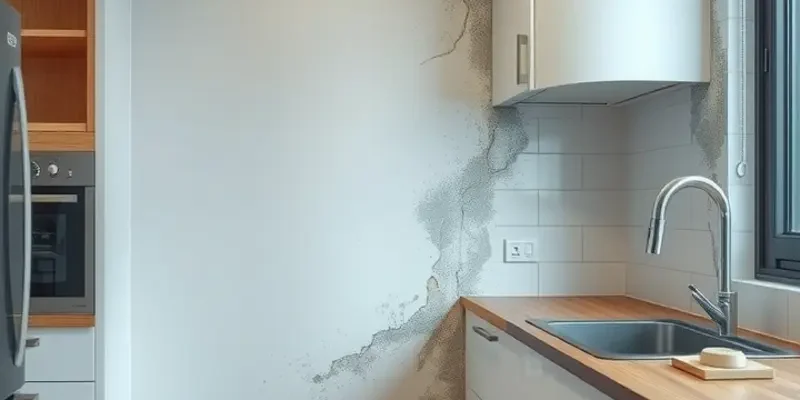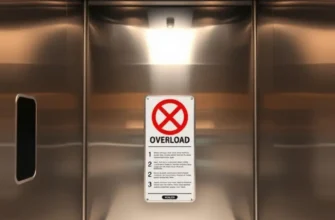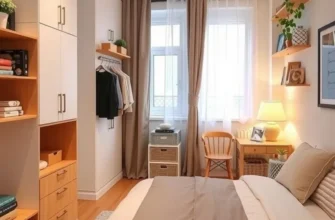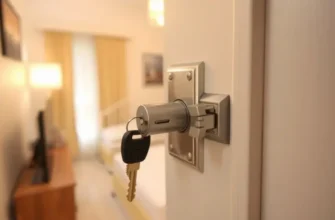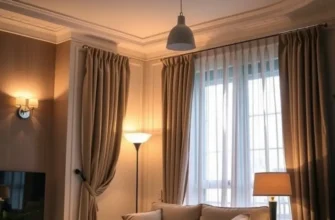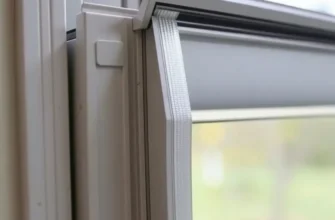Living in an apartment provides many benefits, but it also comes with responsibilities, especially when it comes to safety. One crucial concern for renters is mold, which can pose significant health risks and damage property over time. Mold thrives in damp, dark areas and can lead to respiratory issues, allergies, and other health problems. Understanding how to test for mold in your apartment can help you maintain a healthy living environment. This guide seeks to empower renters with practical tips on identifying potential mold issues, determining when to take action, and ensuring that your home stays safe and secure without unnecessary hassle. By prioritizing proactive measures, you not only protect your health but also value in rental property. Let’s dive into the essential steps for mold testing in your apartment.
Understanding Mold: When and Why to Test
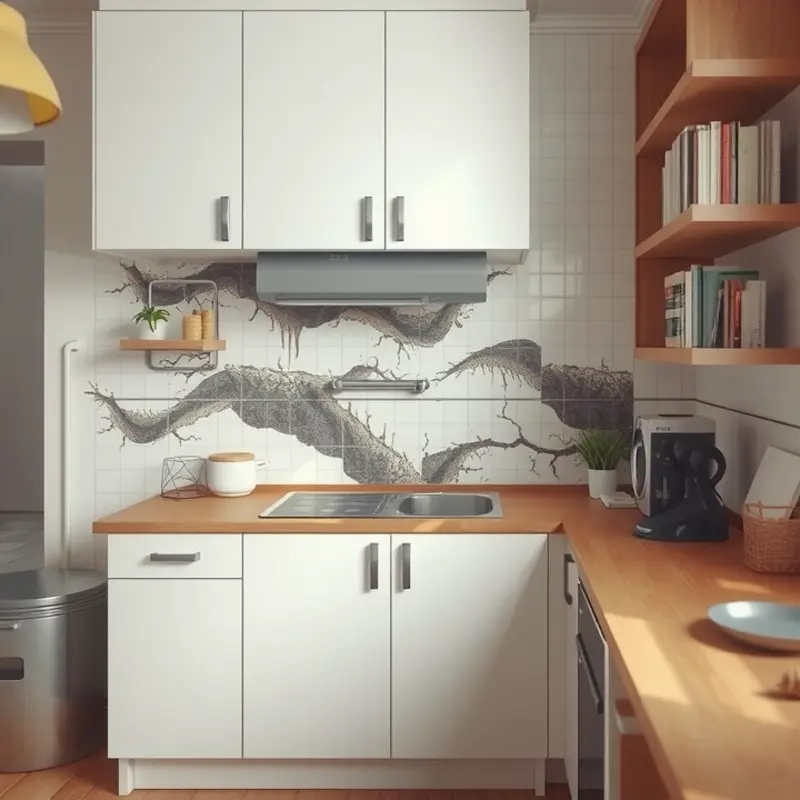
Mold is more than just an unsightly nuisance; it can pose serious health risks. In apartments, where spaces are shared, and ventilation might be limited, it’s crucial to stay vigilant for signs of mold. The most common health issues associated with mold include respiratory problems, allergic reactions, and even neurological problems in severe cases.
Dampness is a breeding ground for mold, and recognizing the signs early can prevent bigger problems. Be aware of musty odors, visible mold growth such as black spots, and condensation on walls or windows. Peeling wallpaper and bubbling paint are also indicators of excess moisture in your apartment.
Understanding when to test for mold is vital to ensuring a safe living environment. You should consider mold testing if you or someone in your household experiences unexplained health issues like persistent coughing, sneezing, or skin irritation. Additionally, if your apartment has recently experienced a leak, flood, or any water intrusion, testing becomes necessary as such incidents significantly increase mold risk.
Before beginning any mold testing, it’s worth discussing concerns with your landlord. Open communication can often lead to proactive solutions to potential dampness issues. If your landlord dismisses these concerns or fails to take action, that’s the right time to consider independent testing.
While professionals can conduct mold assessments, there are also various ways for renters to self-test. However, always ensure any method aligns with local guidelines or legal standards. This ensures that your findings can be utilized in discussions with your landlord or property manager effectively.
Routine inspections of areas prone to dampness like the bathroom, kitchen, and basement can help catch the problem early. Installing dehumidifiers in these spaces can also mitigate potential mold growth. For more extensive safety measures in handling potential hazards in your apartment, you might find some useful advice on renters insurance explained, which can offer additional protection and peace of mind.
In sum, being attentive to the early signs of dampness and understanding the when and why of mold testing can protect not just your living space, but your health. The peace of mind that comes with knowing your apartment is mold-free cannot be overvalued, and taking these preventative steps will help ensure it remains that way.
DIY Mold Testing: Easy Steps to Take

Conducting a mold test in your apartment can be straightforward, and understanding this process empowers you to ensure your living space’s safety. Begin by acquiring a testing kit, available in various forms to fit different needs and budgets. These kits typically fall into categories such as air sampling, surface sampling, or bulk sampling. Opt for a test that best suits your concerns based on visible mold presence or musty odors.
Once you have your kit, choose the area for testing. Bathrooms and kitchens are common mold hotspots due to moisture exposure. However, don’t overlook less obvious spots such as beneath sinks or around windowsills. To perform an air sample test, close windows and doors in the room to avoid contamination, then place the testing device according to its instructions to collect air over a set period.
Surface testing involves swabbing surfaces or using adhesive strips to capture mold samples directly from suspected areas. It’s particularly useful where mold growth is visible but needs confirmation. Bulk sampling, though less common for renters, could be useful if you can safely send a piece of material with visible mold to a lab.
After collecting samples, follow the kit’s instructions to prepare them for analysis. This often involves mailing them to a laboratory. Most testing kits include prepaid packages for this step, making it convenient to proceed with the evaluation. While waiting for results, consider inspecting other parts of your apartment for potential water leaks or dampness, which often contribute to mold growth.
Interpreting the results can seem daunting, but understanding a few key points helps. Lab reports usually identify both the type and concentration of mold present. Overseers might group molds into categories like ‘safe levels’ versus ‘elevated levels.’ Generally, low levels of mold aren’t immediate health threats, but elevated levels, especially those containing harmful molds like black mold, require immediate attention.
Should your results indicate elevated mold levels, consult your landlord or property management. Present the findings to discuss remediation. According to tenant rights, landlords often bear responsibility for managing serious mold issues if the mold stems from infrastructure issues. For tips on negotiating responsibilities with landlords, read more about lease renewal negotiation.
Being proactive with DIY mold testing not only ensures peace of mind but also demonstrates responsible tenancy. With accurate test results, you can work efficiently towards a mold-free home, ensuring both comfort and safety in your apartment.
Final words
Testing for mold in your apartment is a vital step towards ensuring a healthy living environment. Renters should remain vigilant for signs of mold and take action at the first indication of water damage or dampness. By utilizing accessible mold testing methods, you can empower yourself to maintain safety and comfort in your space. Remember, addressing mold growth promptly not only contributes to your well-being but can also preserve your apartment’s value and prevent costly repairs. Make your health and home a priority by taking the necessary steps to prevent and address mold issues.

